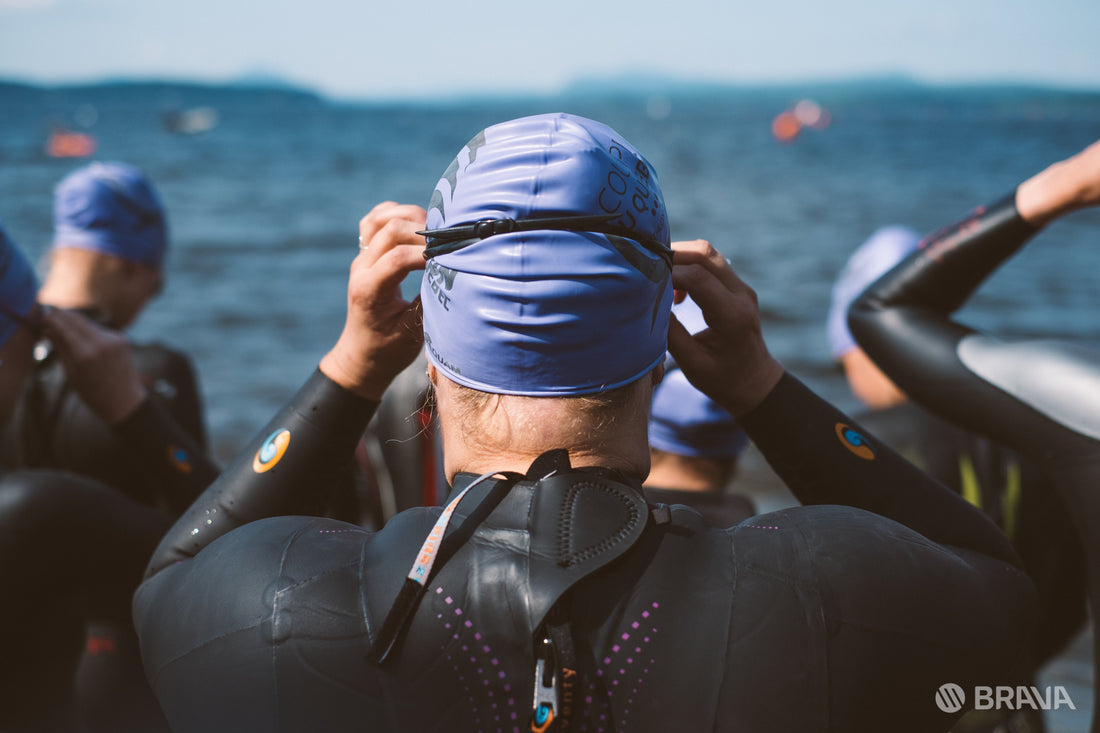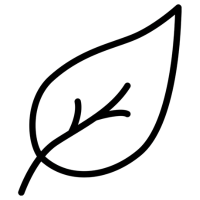In previous blog posts, we have discussed the importance of technique as well as aerobic and muscular fitness. Here is the last key principle to swim performance, open water.
Triathlon and open water require adequate preparation and training. Stress management, mass start lines, sighting and drafting all very important points.
Swimming in open water and endurance is quite different from swimming in swimming pools over distances of 50 to 400 meters. As such, adaptation of technique is crucial.
Effective endurance swimming should be more cardiovascular and less muscular, involving more type 1 than type 2 fibers. Adopting a higher cadence and a shorter amplitude will not only allow you to recruit the right muscle fibers, but also enable you to more efficiently cut through any waves. Like cycling, swimming requires the right cadence: use a big gear at 60 rpm or spin at 100 rpm? But be careful, increasing your cadence goes hand in hand with adaptation of technique.
Compare below Olympic champion swimmers with professional triathletes. They have rather different swim profiles:

Less stokes per length is not essential. If you develop a more efficient swim technique that is a rapid and more economical, you will likely do more strokes per length. Additionally, a higher cadence is desirable for better performance in open water.
Here are a few points to work on to improve your swim cadence:
- Adopt a faster and more effective catch: sculling and the doggy paddle are excellent drills to help you feel the water and improve your catch.
- Avoid “dead spots” during your catch and pull phase. It is often referred to as "gliding" in swimming, but remember that if you are not pulling with either arm, the sheer resistance of the water you will slow down very quickly. It is thus necessary to minimize the dead spots during your swimming, especially when your arms wait in front without engaging into the pulling action.
- Improve your traction: pushing water down, sideways, or even forward (overgliding) significantly reduces your pace. Forget the old-school ”S-pull shape”. Focus on a good entry, keeping your elbows above the wrist. During the pull through phase, concentrate your efforts on simply pressing water back behind you with the palm of your hand.
Bart Rolet
Swim Smooth Montreal
www.swimsmoothmontreal.com




